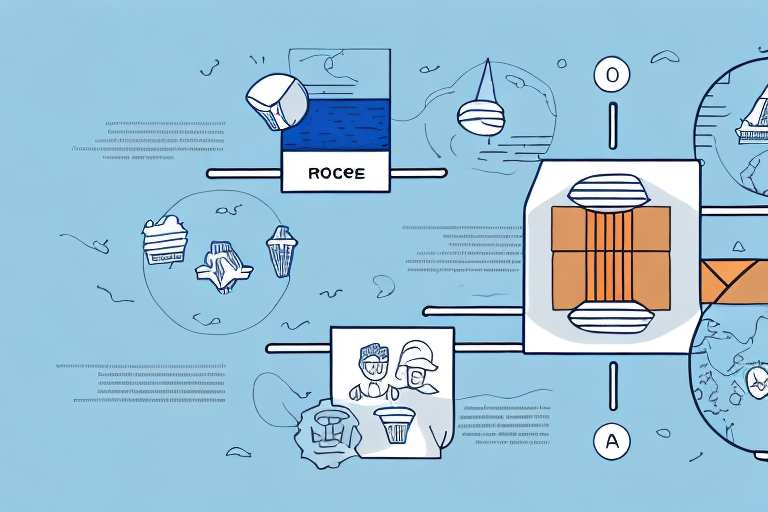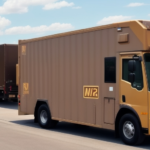Understanding Economy Shipping
Economy shipping, often referred to as standard shipping, is a cost-effective option for businesses sending products both domestically and internationally. While it offers significant savings compared to expedited shipping methods, economy shipping typically involves longer delivery times. Understanding the mechanics of economy shipping is essential for businesses aiming to optimize their shipping processes while maintaining budgetary constraints.
Benefits and Drawbacks of Economy Shipping
Advantages
- Cost-Effective: Economy shipping rates are generally lower, making it ideal for businesses with tight budgets or those shipping in high volumes.
- Environmental Impact: Consolidated shipments and optimized routing can reduce the carbon footprint, promoting sustainability.
- Suitable for Non-Urgent Shipments: Ideal for products that are not time-sensitive, allowing businesses to save on shipping costs.
Disadvantages
- Longer Delivery Times: Delivery can range from 3-10 days domestically and up to 21 days internationally, which may not suit all customer needs.
- Limited Tracking and Insurance: Some economy shipping options offer fewer tracking updates and limited insurance coverage, posing risks for high-value items.
- Potential Reliability Issues: Lower priority in carrier routing can result in delays or less consistent delivery performance.
Key Factors Influencing Economy Shipping Times
Distance and Destination
The geographical distance between the shipper and the recipient significantly affects delivery times. International shipments face additional delays due to customs clearance and longer transit routes.
Carrier Routing and Efficiency
Carriers optimize their routes to balance cost and efficiency. Understanding a carrier’s routing practices can help predict potential delivery timelines.
Volume of Packages
High shipping volumes, especially during peak seasons, can lead to longer processing and transit times.
Type of Product
Items requiring special handling or packaging may experience delays. Regulatory restrictions and necessary documentation for certain products can also impact shipping times.
Strategies to Optimize Economy Shipping
Consolidate Shipments
Combining multiple orders into a single shipment can reduce overall shipping costs and improve efficiency.
Reduce Package Weight and Size
Optimizing package dimensions and weight can decrease shipping fees and facilitate faster handling by carriers.
Leverage Shipping Automation
Implementing shipping management software can streamline order processing, label generation, and tracking, minimizing errors and accelerating fulfillment.
Negotiate with Carriers
Businesses can negotiate better rates based on shipping volume and frequency, leading to significant cost savings over time.
Common Misconceptions About Economy Shipping
There are several misconceptions surrounding economy shipping that can deter businesses from utilizing this cost-effective option:
- Tracking is Unavailable: Contrary to belief, most carriers provide tracking numbers for economy shipments, allowing businesses and customers to monitor progress.
- Economy Shipping is Unreliable: When properly managed, economy shipping is a reliable method for delivering packages, especially for non-urgent items.
- Limited Carrier Options: A variety of carriers offer economy shipping, each with different strengths and coverage areas, providing businesses with multiple choices to suit their needs.
Enhancing Order Fulfillment with Economy Shipping
Operational Efficiency
Automating order processing and shipping label generation can reduce errors and speed up the fulfillment process, ensuring timely dispatch of packages.
Reliable Carrier Selection
Selecting a carrier known for efficiency and reliability in economy shipping can enhance delivery performance and customer satisfaction.
Transparent Communication
Clearly communicating expected delivery times and any potential delays helps manage customer expectations and build trust.
Effective Packaging
Using appropriate packaging materials protects products during transit, minimizes damages, and reduces the likelihood of returns or chargebacks.
Best Practices for Managing Economy Shipping
Provide Accurate Delivery Estimates
Utilize carrier tools and historical data to offer realistic delivery timeframes to customers, enhancing satisfaction and reducing inquiries.
Implement Clear Return Policies
Establish straightforward return procedures, including pre-printed labels and transparent cost structures, to streamline the return process.
Track and Evaluate Carrier Performance
Regularly monitor delivery times and reliability metrics to assess carrier performance, making informed decisions about ongoing partnerships.
Stay Informed on Industry Trends
Keep abreast of changes in shipping regulations, carrier policies, and technological advancements to continuously optimize shipping strategies.
Balancing Cost and Delivery Time
Achieving the right balance between shipping costs and delivery times is crucial for business success. By understanding the intricacies of economy shipping and implementing strategic optimizations, businesses can offer cost-effective shipping solutions without significantly compromising delivery speed.
For more detailed insights and the latest trends in economy shipping, refer to industry reports from sources like the United States Postal Service, FedEx, and UPS.




















